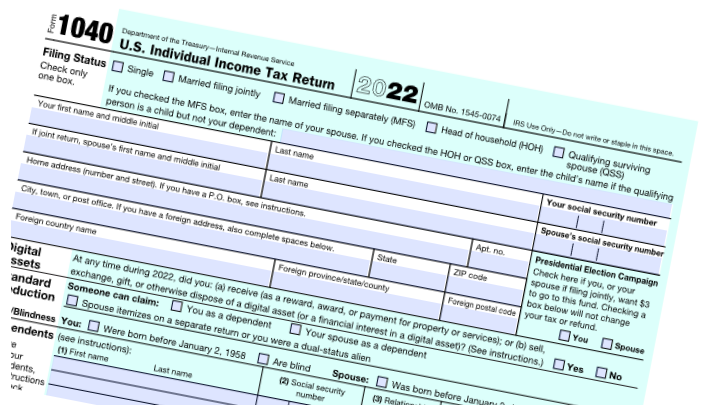Taxes
Pros and Cons of the “Kiddie Tax”
If you’re not careful, this often-misunderstood tax provision can result in a sizeable income tax liability for the family.
Jul. 28, 2023

Despite its cute moniker, the “kiddie tax” is anything but innocent. If you’re not careful, this often-misunderstood tax provision can result in a sizeable income tax liability for the family. But you may be able to cut the tax down to size with some astute planning before year-end.
Background: Generally, income is taxed at the rate of the person who receives it, which can be as low as 10% (or even zero). But a special tax law provision applies to certain children with unearned income exceeding an annual threshold. Under the kiddie tax, the excess is taxed at the top marginal tax rate of the child’s parents, up to the top rate of 37%.
For these purposes, “unearned income” includes the following types of income.
- Taxable interest;
- Capital gains;
- Dividends;
- Income in custodial accounts; and
- Taxable scholarships
Initially, the kiddie tax only applied to children under age 14, but the limit has been raised several times. Currently, the limit is age 19 or age 24 for a full-time student if the child doesn’t have earned income in excess of half of their annual support.
In other words, if your dependent child is in college, the kiddie tax could, and probably does, still apply.
The annual kiddie tax threshold is adjusted for inflation. For 2023, the first $1,250 is exempt from tax and the next $1,250 is taxed at the 10% rate. Therefore, the total kiddie tax threshold is $2,500.
Fortunately, the family doesn’t simply have to take its tax lumps. Consider the following six strategies for reducing or eliminating the tax in 2023.
1. Monitor unearned income received during the year. For instance, if your child is approaching the $2,500 threshold, you might defer capital gains to next year. Similarly, you can postpone gifts of income-producing property until your child is older.
2. Have your child make tax-deferred investments. This may include growth stock, U.S. Savings Bonds, certificates of deposit (CDs) and Treasuries that will not mature until next year or further in the future.
3. Have your child set up a Roth IRA. For 2023, a child can contribute up to the lesser of $6,500 or their earned income. Subsequently, amounts can be withdrawn tax-free in retirement. Note: Pre-age 59½ withdrawals are subject to a 10% penalty tax unless an exception applies.
4. Have your child invest in municipal bonds or municipal bond funds. Generally, the income received from these investments is completely free of federal income tax, so any current income won’t cause any kiddie tax problems.
5. Have your company hire your teenaged child. Wages constitute earned income, so this won’t cause any kiddie tax complications. If the child is paid a reasonable salary for services performed, your company can deduct the wages.
6. Contribute a child’s earnings to a Section 529 plan account. Distributions used to pay for qualified higher education expenses are exempt from tax. Also, many states provide state tax benefits for contributions to 529 plans.
Do any of these strategies make sense for you? Consult with your professional tax advisors for details.
